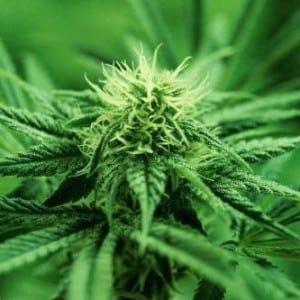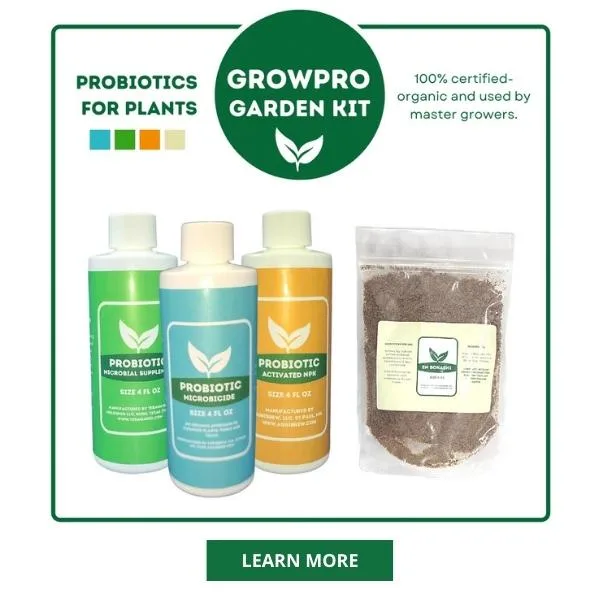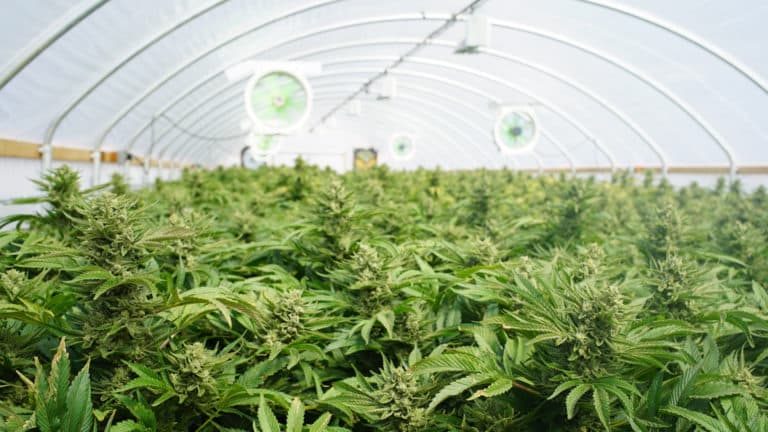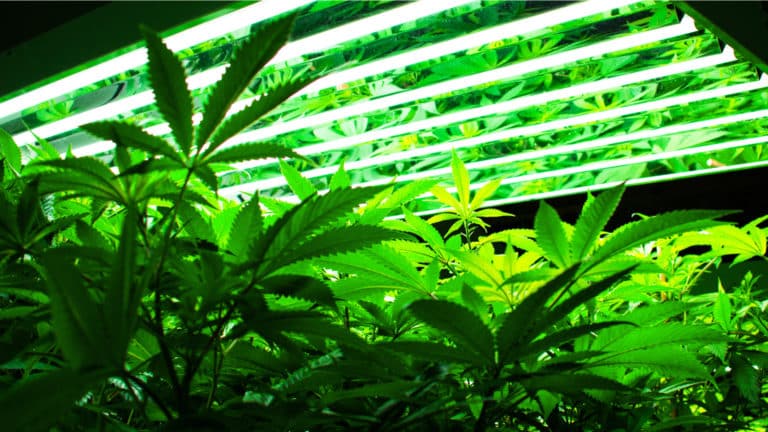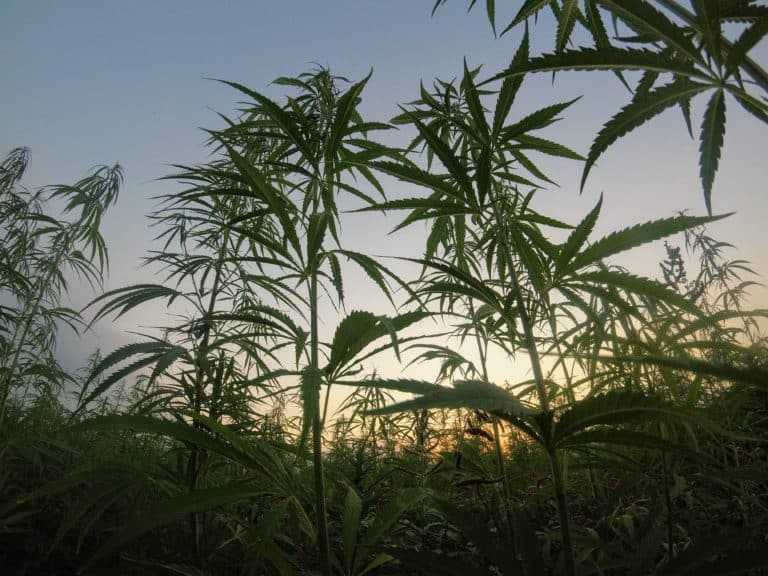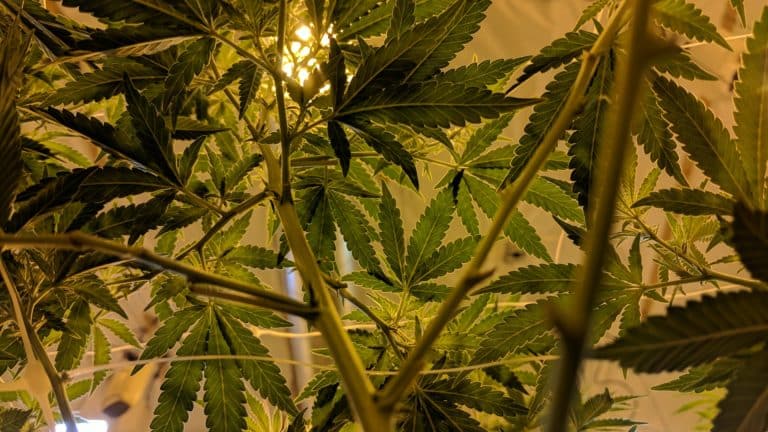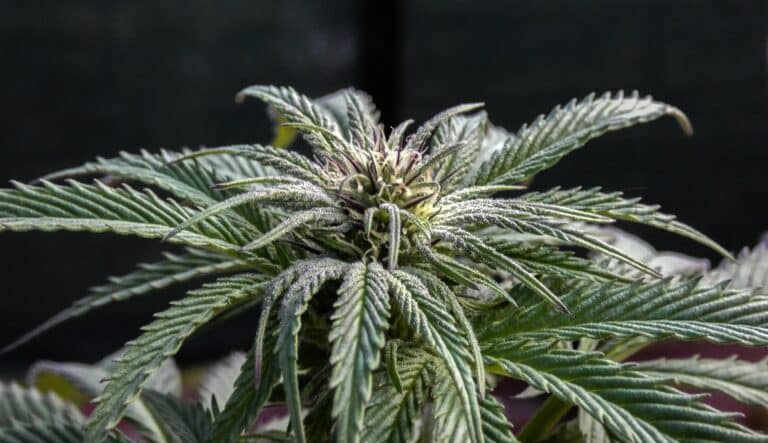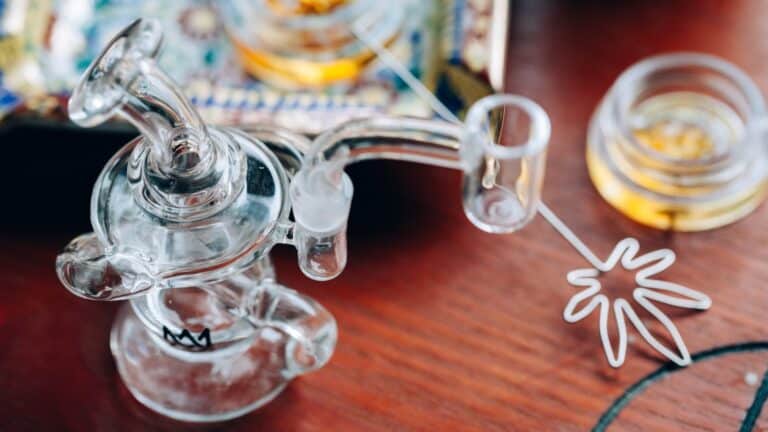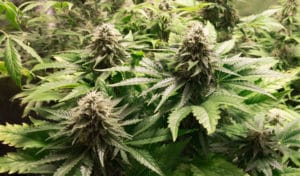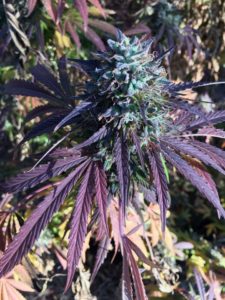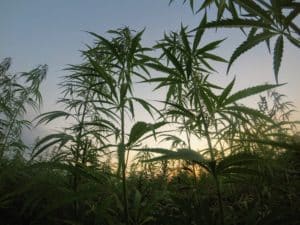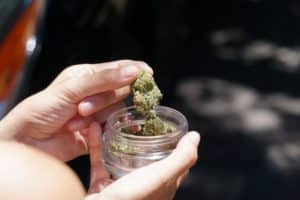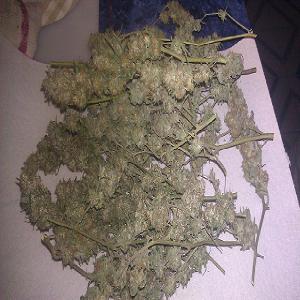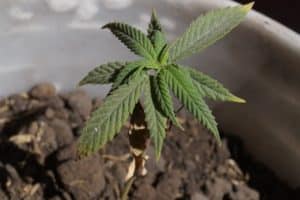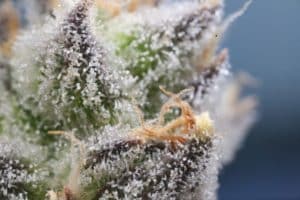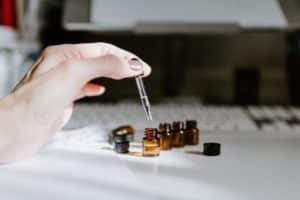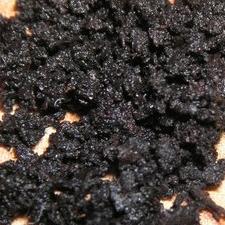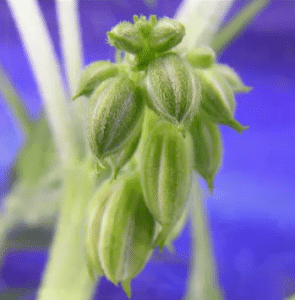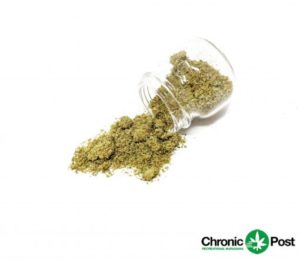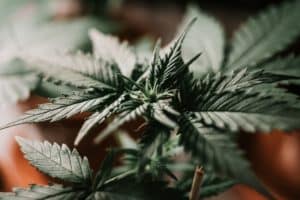One of the most incredible things about growing marijuana is watching the plant’s entire life cycle within the space of a single year or just three months. The cannabis growth cycle is a long and arduous when considering what it takes to turn a tiny seed into a massive plant, but the end result is hard to quantify. Distinct changes to the plant represent the individual weed plant stages, a characteristic mimicked in plant and animal life across the Earth. Read on to learn more about the cannabis life cycle and what you know about each stage.
Overview of the Growth Cycle
The cannabis growth cycle depends primarily on whether you are growing indoor or outdoor weed. Indoor growing allows you to manipulate the growing conditions and therefore “trick” a plant into flowering earlier than it usually would outdoors.
Outdoor weed works on the sun’s time clock and relies on hot, long days to reach its full potential. Greenhouse weed is somewhere in between since you can use light deprivation technology to control the growth stages.
Overall, it takes between 4-8 months to grow marijuana from seed. However, you can shorten this lifecycle with autoflower strains or by starting with clones. Many growers refer to October as “Croptober” since this is the most popular time of year for harvesting outdoor marijuana.
Cannabis Plant Growth Stages
Of course, all marijuana plants start as seeds. These seeds are the product of the male plant fertilizing the female plant. As a general rule, weed seeds are relatively impervious to anything you throw at them and will survive for quite some time. They are, however, susceptible to being “frozen to death.” They become unusable if they’ve been exposed to temperatures below 20 degrees Fahrenheit for any length of time. Let’s explore what happens next.
Germination
If you manage to prevent your seeds from freezing, the next stage is germination. During this phase, the seed is exposed to moisture and light to coax it out of its shell. It doesn’t necessarily need soil to sprout, but it will need some kind of nutrient value once it starts to grow. The germination phase is usually indicated by two cotyledon leaves appearing above the soil.
Learn how EM-1 can help enhance your yields within weeks.
The germination stage takes place over 3-10 days, although some seeds will germinate in as little as 24 hours or as long as two weeks. During this time, the seeds require 16 hours of light per day.
Seedling
As soon as the seed has germinated, the seedling stage begins. This is when real leaf growth with the classic ridges begin to show. During the seedling stage, the plant will develop a sturdier root system that entrenches itself deep into the soil. It also sets the stage for the production of chlorophyll that will be necessary for growth later on in the cannabis growth cycle.
The seedlings need to be kept warm and fed with nitrogen-rich nutrients at this time. Keep the lights on for 16 hours per day. This phase lasts between two and three weeks, though some strains have stretched this phase up to six weeks.
Vegetative
Your plants are beginning to take shape as they enter the vegetative growth stage. A big growth spurt takes place, and don’t be surprised to see them stretch up to two inches per day as the baby plants gobble up nutrients. During the veg phase, plants become increasingly responsive to light, hence the reason indoor growers are able to manipulate lighting conditions so much during this time.
As they develop, sativas will take on their lanky appearance and indicas will begin to appear more rounded and bushy. However, that’s not all that changes—the vegetative stage is like puberty for your plants. Male plants will grow pollen sacs, and female plants will produce two white pistils. Be sure to remove these pollen sacs, so you don’t end up with any pollination problems.
Keep these growing babies warm, moist, and well-fed, and they will take off quickly. The lights can stay on for as little as 16 hours, but up to 24 continuous hours. The vegetative stage lasts about 3-8 weeks.
Flowering
The flowering stage is the home stretch for all marijuana plants. Less light encourages the plant to produce its buds as it reaches the end of its life cycle. The flowering stage lasts between 6-9 weeks and is broken up into three parts:
- Pre-flower | Weeks 1-3: Pistils are evidence of pre-flowers, and these white hairs indicate where buds will grow.
- Mid-flower | Weeks 4-5: The plant has stopped growing and is directing all of its energy into forming flowers. The pistils will turn from white to amber as the buds get fatter.
- Late flower | Week 6 to harvest: The buds are getting sticky as the trichomes ripen, filling the air with the sweet smell of fresh cannabis.
Less than 12 hours of light per day is optimal for plants in the flowering stage. As plants are ripening, be sure to flush them to remove any salts and nutrients remaining in the plant. You’ll know it’s time to harvest when the trichomes turn to a light brown, almost like brown sugar or caramel. Don’t wait too long to harvest, or the THC content will degrade. When in doubt, opt for an earlier harvest than a later one.
Harvesting
It’s finally time to cut down the plants as soon as they have reached full maturity. This is done by cutting the plant apart branch by branch and hanging them to dry. It’s important that you take extra care when cutting down and transporting branches to avoid damaging the fragile trichomes.
A dry room should maintain humidity levels between 40-50% and will need to hang for approximately 10-14 days. Too much humidity can lead to mold, not enough can dry out the buds too quickly, and you end up with crumbly weed.
Pruning
After the cannabis is dried, it’s time to prune the buds. This is a tedious process, as you must first remove the buds from the stalk and pluck off all of the fan leaves. Then, using a sharp pair of scissors, you trim off the sugar leaves on all sides of the bud. The goal is to remove just enough and never too much. Every grower seems to have a different preference for how they like their weed trimmed, but the most important thing is to maintain the shape and form of the bud.
Once the buds are pruned to perfection, it’s time to cure them. This part can take a couple of months and involves sealing the buds in an airtight container. During the first few weeks, “burp” the jar by opening and closing to let in oxygen, and then seal back up and store it in a dark place. The curing process creates better tasting weed and a smoother smoking experience.



